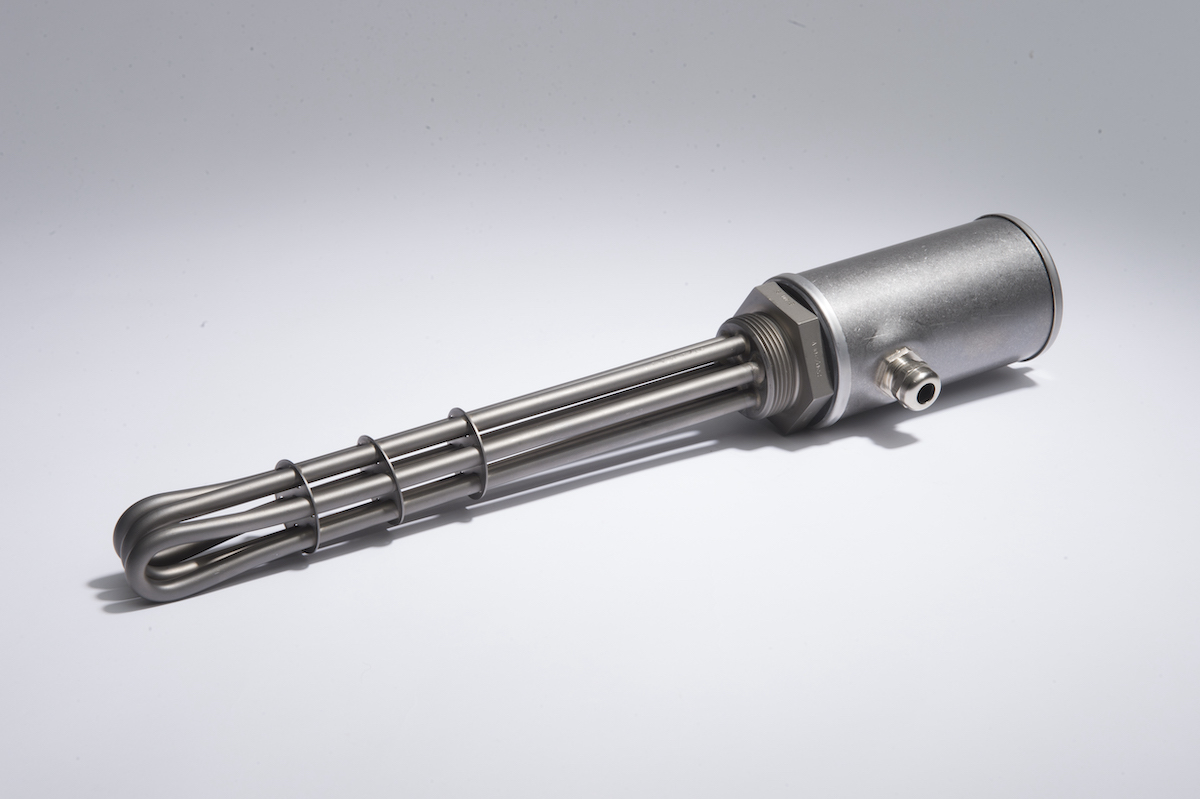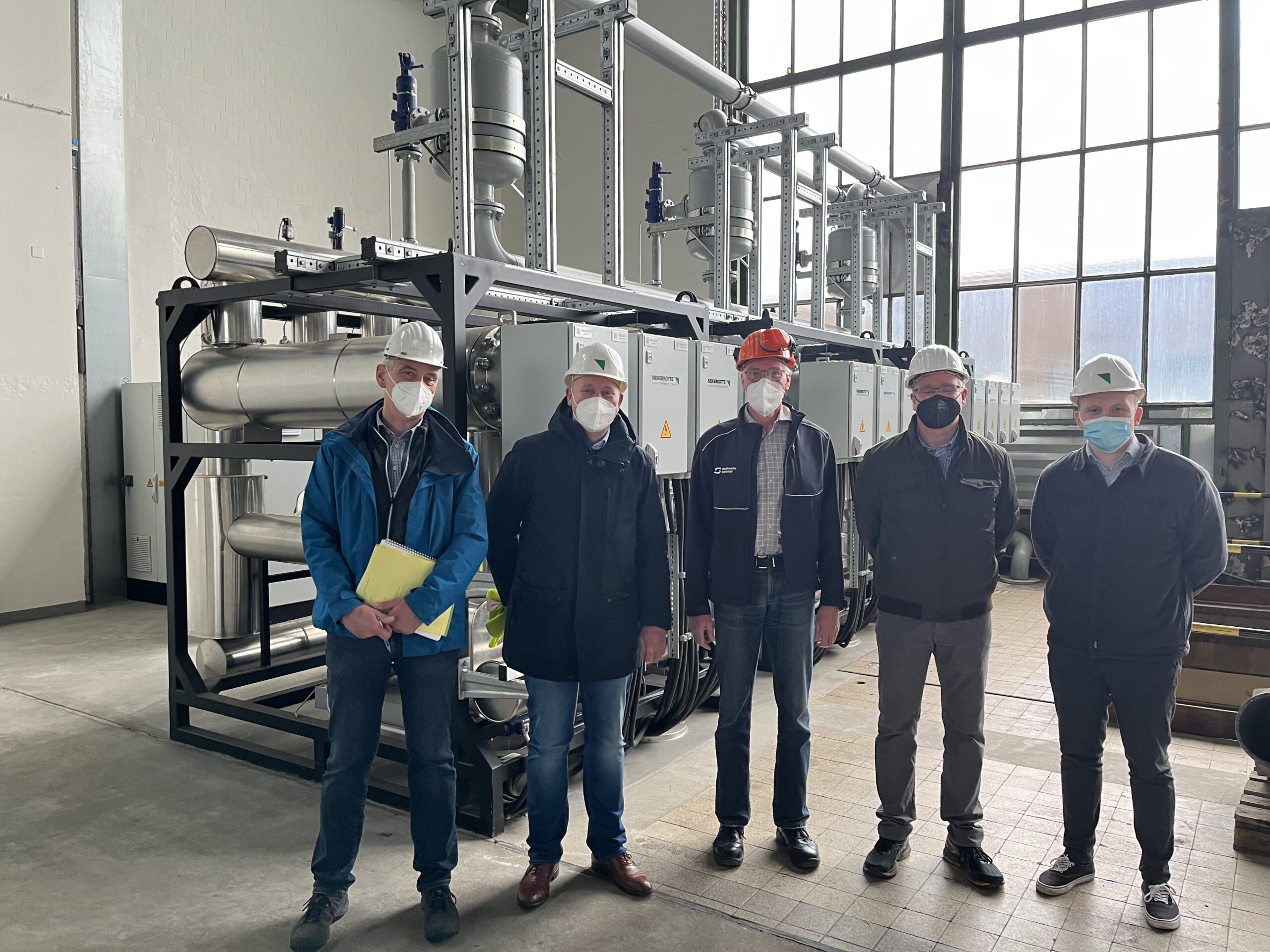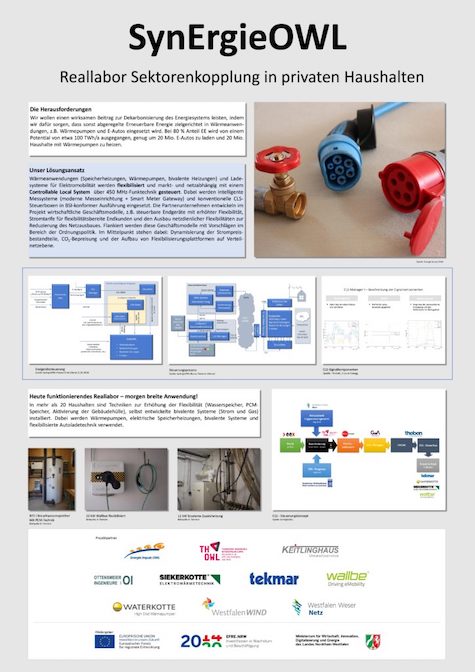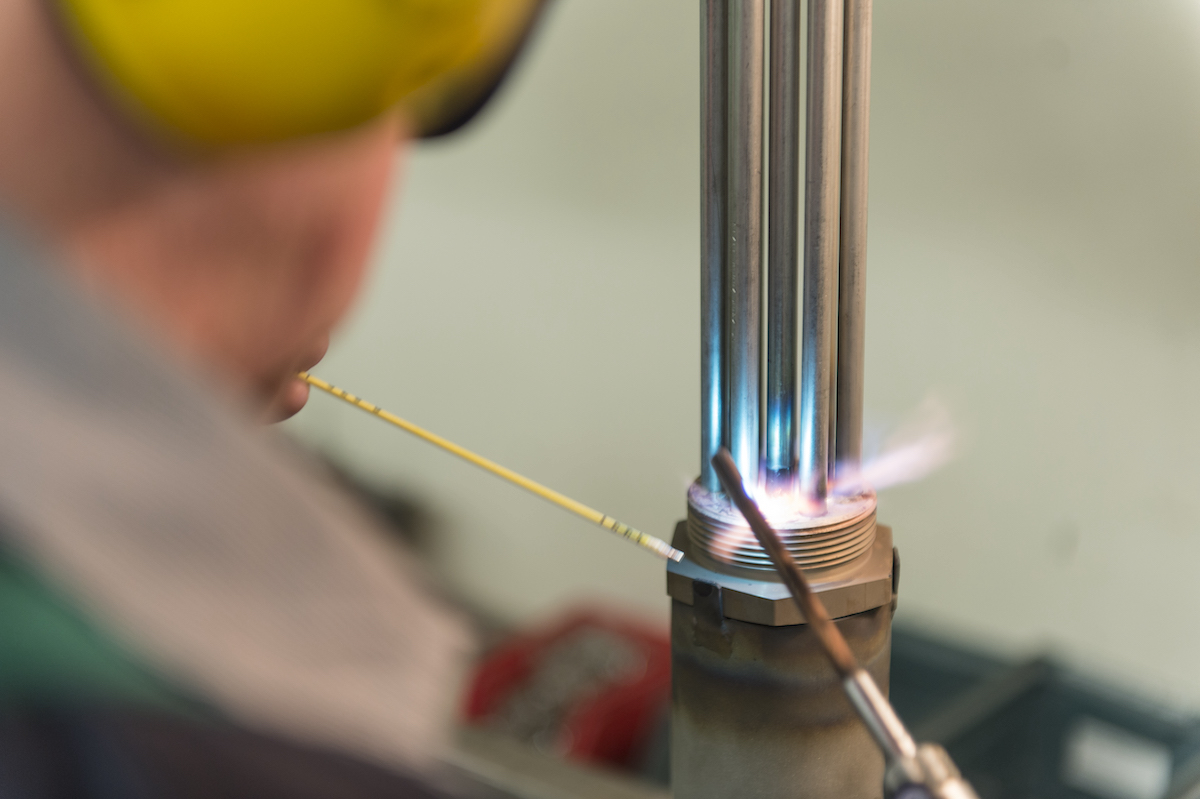
POWER NEWS: End-user power-to-heat clusters achieve grid stability
Major efforts are still needed to fulfill the German government’s ambitious goals in the energy transition and decarbonization of power generation. The more electricity generated from renewable energy becomes the primary energy source, the more important smart grid management becomes. Power-to-heat plants play a key role in making economically viable use of surplus electricity. In the past, the majority of projects involved large plants with several megawatts of power consumption; but now, focus has increasingly shifted to small power-to-heat plants with only a few kilowatts. This can be explained as follows: In Germany, private households use about 512 terrawatt-hours to heat their homes and produce hot water. This gigantic heat sink can be put to good use through sector coupling in order to absorb volatilities in the power grid.
Several network operators and local energy suppliers are investigating ways to concretely exploit this potential in initial test projects. This involves retrofitting existing heating systems that use fossil fuels with electric screw-in heaters (as tankless water heaters), either in the flow or return line. These heaters can be switched on and off by a control center. The first control variable to consider is the market price of electricity (for example, cyclone “Barbara” brought about negative electricity prices again over Christmas 2016). Thus, many households are interconnected to form one large consumer and act like a swarm or cluster. Experts expect that these hybrid heating systems will be the primary technology for the next three decades. This allows private households to also contribute to smart load management of the power grids.
Siekerkotte has a large number of electric screw-in heaters in its program. With up to 3 kilowatts of power consumption, they can also be operated with 230 volts. This makes them immediately usable for “home use”. Some standard models are available for delivery within 48 hours. Please contact us (tel.05221/930 930 – siekerkotte@siekerkotte.de), we are happy to advise you.
Similar articles

Gas burner substitution

SynErgieOWL – Siekerkotte’s research partner for energy transition





